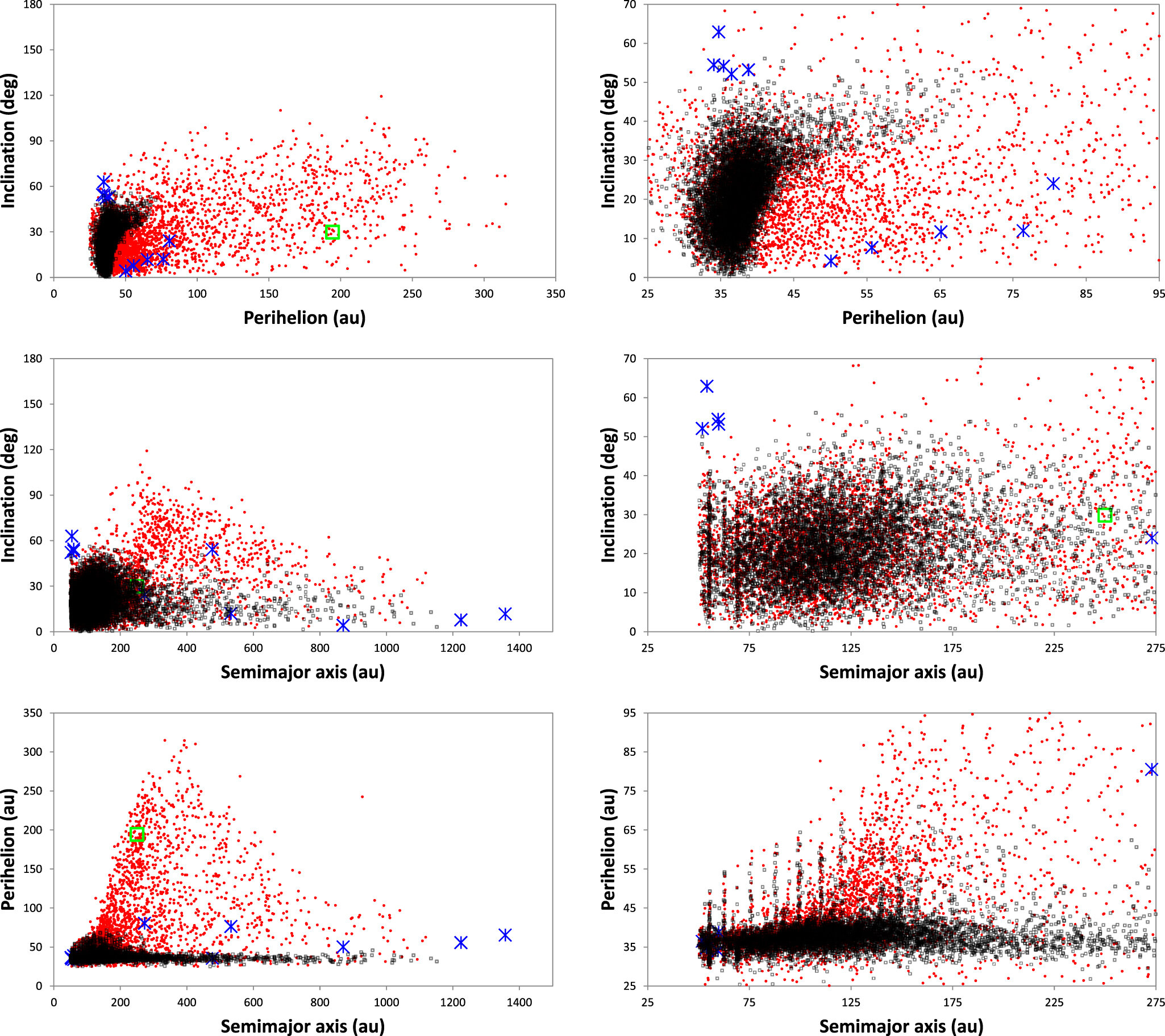A pair of astrophysicists, one with Kindai University, the other the National Astronomical Observatory of Japan, both in Japan, have found possible evidence of an Earth-like planet residing in the Kuiper Belt. In their paper published in The Astronomical Journal, Patryk Sofia Lykawka and Takashi Ito describe properties of the Kuiper Belt that they believe are consistent with the existence of a planet not much bigger than Earth.
Over the past decade, several studies have led credence to theories regarding the possible existence of a planet in the far outer edges of the solar system, which has come to be known theoretically as Planet Nine. In this new effort, the researchers suggest it is possible that there is a planet much closer—in the Kuiper Belt.
The Kuiper Belt is a semicircular disk composed of objects in the outer solar system, beginning just past the orbit of Neptune. Like the planets, material in the Kuiper belt orbits the sun. Prior research has suggested that the objects in the disk are asteroids, space rocks, comets and other small chunks of material, likely made of ice. In their work, the researchers found that some of the objects in the Kuiper Belt behave in a way that suggests that there is a small planet among them—one that is approximately 500 AU from the sun. For comparison, Neptune is approximately 30 AU from the sun.
In studying trans-Neptunian objects (TNOs), the researchers found that some had orbits that behaved oddly, which suggests that they are being influenced by the gravitational pull of an object larger than typical TNOs. They also found a large number of high-inclination objects (those with a high-tilt orbit). Intrigued by their findings, they ran a number of computer simulations configured to explain the behavior they observed.
The simulations showed that the most likely explanation for their observations was a Kuiper Belt planet. The simulations also showed that such a planet, if it exists, would have a mass 1.5 to 3 times that of Earth, an inclination of approximately 30 degrees and an orbit that would take the planet to between 250 and 500 AU from the sun.
2023-09-02 21:00:03
Post from phys.org rnrn
